Kayaking in the Shadow of Giants in Southern Greenland
Exploring the world's largest island, Clay Abney navigates around icebergs in Sermilik Fjord, and watches them being born at Eqaloruutsit Glacier.
 Photo © Stacy William Head, @sentinalphotography
Photo © Stacy William Head, @sentinalphotography
Editor's note: If you intend to follow in the footsteps of this Nomad, think carefully before you go; travel insurance may not cover everything you do in every place you go.
My kayak cuts through the jet black water of Sermilik Fjord. With each stroke, I try to navigate the labyrinth of ice that is scattered across (and below) the water’s surface. And while I can easily avoid the larger icebergs, the plastic hull is bombarded with smaller pieces, some the size of ice cubes in your glass.
My journey to this point began days earlier when I left the United States bound for the world’s largest island. And while kayaking was my end game, getting to this remote section of southern Greenland was all part of the adventure.
From Chicago, I took the overnight transatlantic flight to Copenhagen, Denmark. My target destination is only accessible from the Danish capital or from Reykjavík, Iceland. And while Iceland would have been closer, I opted to meet the rest of my group in mainland Europe. The next day, I was back the airport and ready to traipse almost two-thirds the distance back across the Atlantic Ocean to return to the North American continent on which Greenland resides.
Arriving at Sermilik Fjord
Upon landing, we’re met by the owner, Ramon Larramendi, of Tasermiut South Greenland Expeditions. After collecting our luggage, we learn that we’ll have to wait for the weather to clear so that we can safely cross the fjord to reach the small village of Qassiarsuk, the launching point for our adventure.
After getting the green light, we load our gear aboard the rigid inflatable boats (RIBs) and proceed across the fjord to the opposite side. From here, we bypass the Leif Eriksson Hostel (don’t worry, we’re coming back), load our gear into a small SUV and proceed across the mountain to a small family farm located on the shores of the adjacent Sermilik fjord. The outfitter maintains a small, remote hostel here. Along with some time camping, this will be our home base for the next few days.
As we hike around over the next several days, the fjord offers spectacular views of a landscape devoid of trees, with overlooks affording us glimpses of the ice scattered across the black waterway. We keep wondering where all this ice is coming from. For the answer to that question, we will have to wait.

On day three, we finally hit the water. We walk down to a yurt at the water’s edge that serves as the equipment tent. From here, we select paddling jackets, pants, PFDs (life jackets), and pogies (paddling mitts). After suiting up, we grab our paddles and went to edge of a protected bay. One by one, we slide our kayaks away from the rocky shore and for the first time, are on our way to paddle with giants.
After some brief, on-water instruction, we gently glide towards our first encounters with these icy leviathans. Today’s is a casual paddle, keeping our distance from the icebergs, some as large as buildings, and experiencing the sound of ice melting and shifting in the watery expanse.
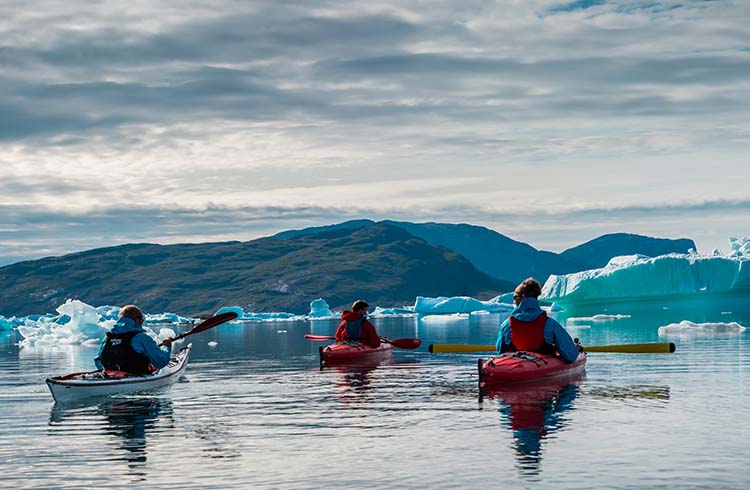
After more than four hours on the water, we return to the yurt, placing our gear on drying racks for quick retrieval the next day.
The following morning, we gather our dry bags – which we’d packed with warm apparel for both on and off the water – and head back to the water, where we load the watertight bow and stern hatches of the kayaks with our gear and slip away from the shore.
After a full day of paddling, the rain begins to fall. Thankfully, spray skirts protect the cockpits and keep our lower bodies dry and relatively warm, considering the frigid temperature of the water below the hull.
We guide our kayaks onto the rocky shore and set up camp, then gather in the group shelter to prepare dinner and share our favorite experiences from the day. After a hot meal, we retreat to our tents, dozing off to the sound of ice calving in the distance.
The vast Greenland ice sheet
By the time we finish breakfast the next morning, the rain has subsided. We hike to a saddle separating the two peaks that provided the backdrop to our camp. From this point, we catch our first glimpses of Eqaloruutsit Glacier, which joins numerous others to form a vast ice sheet that stretches nearly 1,500mi (2,415km) northward.
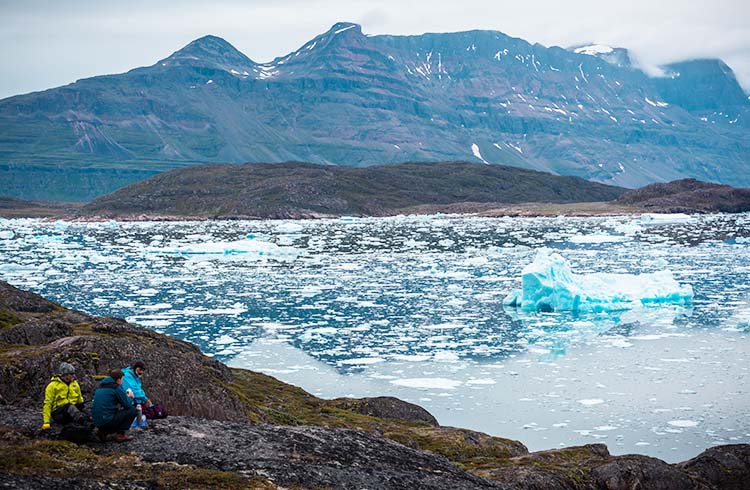
From this promontory, we can witness firsthand the birth of the icebergs that littered the fjord we traversed the day before. And while that waterway was congested with bergs, the crammed, relatively narrow outlet that provides an exit for this ice would have been impassable even in our tiny kayaks. We’re witnessing ice that is perhaps more than 10,000 years old being pushed forward and breaking away as the glacier migrates south.
And while I could sit here forever and gaze at history literally melting in front of my eyes, we must press onward.
Over the next few days, our kayaks dance across the ice-packed fjord, working our way among colossal ice sculptures that present a new and evolving exhibition each day.
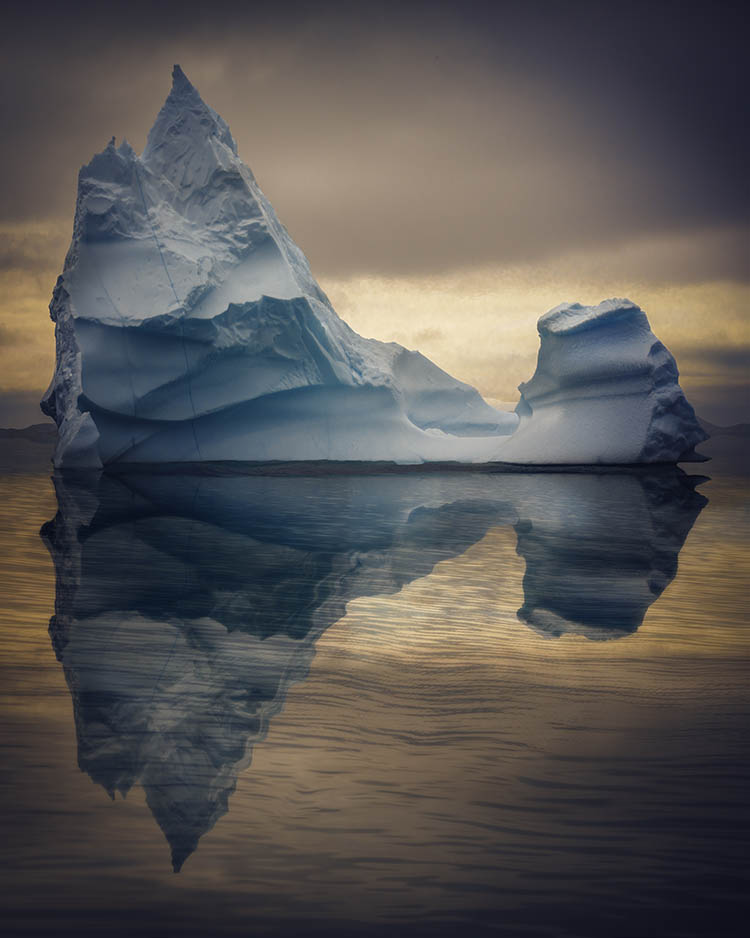
As we come ashore for the final time on this tour, I still have so much to process about this experience. But it isn’t over yet.
Vikings in Greenland
We negotiate our way back across the mountain to Qassiarsuk and to the Leif Eriksson Hostel. On a bluff overlooking the fjord, a large statue of the famed Norse explorer stands as a testament to the Viking influence and presence throughout the southern fjords.
Erik the Red, Lief’s father, left Iceland and created the settlement of Brattahlid (present-day Qassiarsuk). And while the Vikings left the region centuries ago, the footprints of their dwellings still provide evidence of their time here and proof of the westward expansion of these ancient mariners.
Our final night in Qassiarsuk culminates in a tapas-style dinner that features a “taste of Greenland” – a sampling of traditional foods that have remained prominent in the diets of the Greenlandic people: fish, caribou, seal, and even whale.
It takes me more than 38 hours to return home, but I’m already dreaming of my next trip to this primordial land where icebergs are born and Vikings once roamed.
Trip Notes:
Tasermiut offers numerous tours throughout the region lasting from four to 15 days in length. Prices range accordingly and some even include air travel from Reykjavík (additional cost from Copenhagen).
Related articles
Simple and flexible travel insurance
You can buy at home or while traveling, and claim online from anywhere in the world. With 150+ adventure activities covered and 24/7 emergency assistance.
Get a quote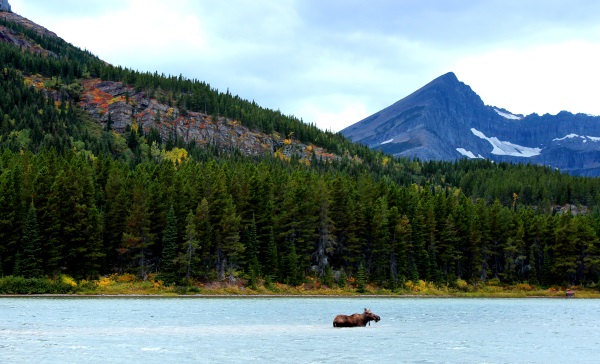
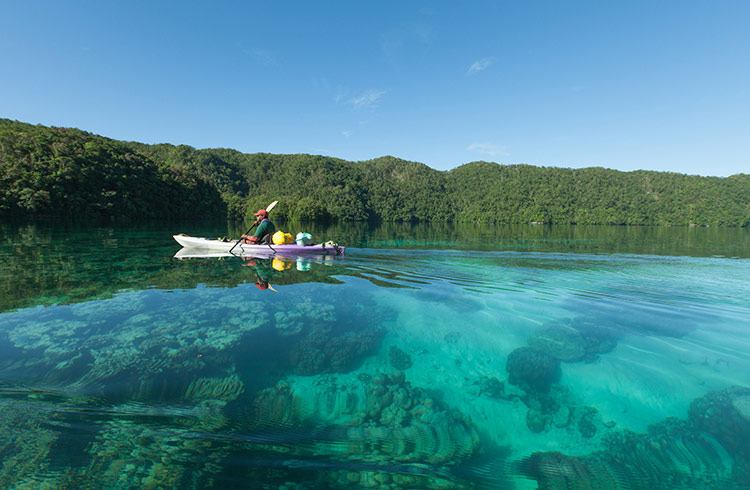
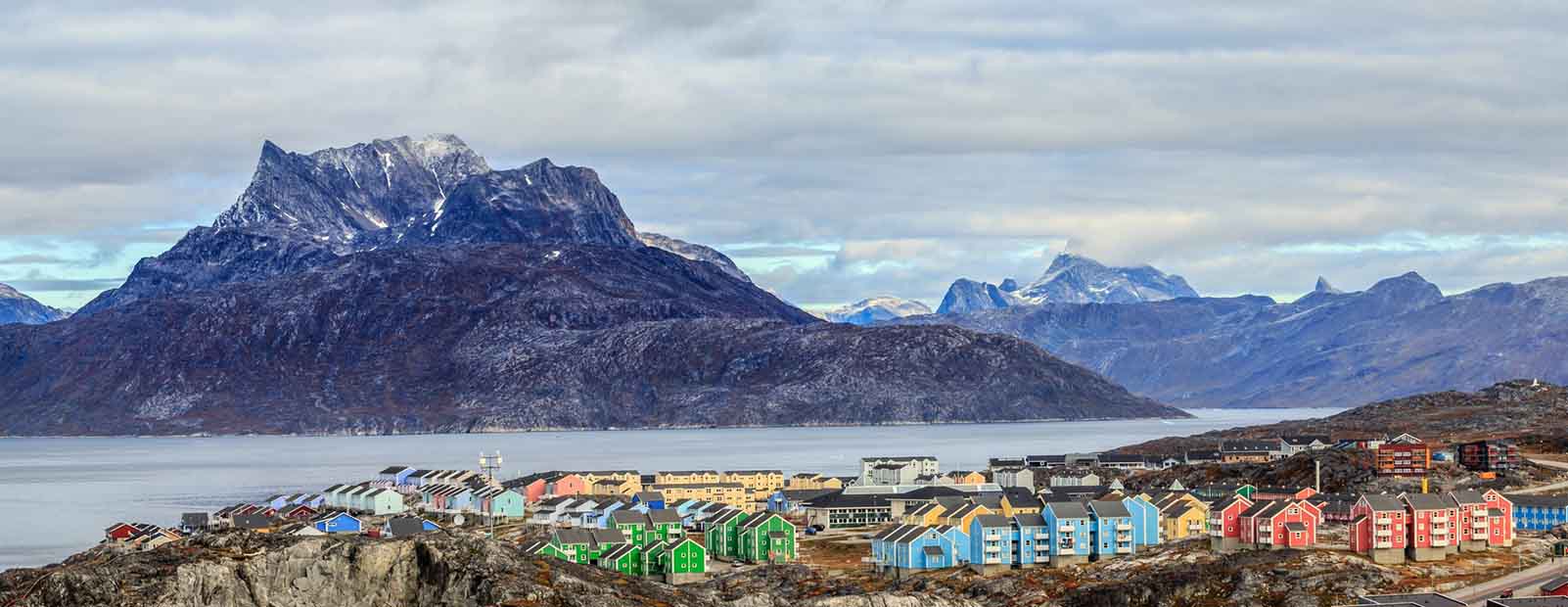
No Comments